Hey everyone 👋🏻,
In this article, let us discuss about Top 5 Frontend Development Trends to follow in 2022
1. JavaScript
JavaScript is one of the most popular programming languages that you can learn these days. More than 70 percent of the websites are developed using JavaScript. It is continually evolving as more and more features are getting introduced into the language. JavaScript is the language that powers the web and is one of the top most tools that big companies are using these days.
There are currently 1.4 million JavaScript libraries that can be used by web developers across the world. In addition, web browsers now feature a separate JavaScript engine that speeds up these computations, resulting in faster page load times. JavaScript is a constant trend in front end development with a plethora of libraries.
2. JAM Stack
JAM Stack is not a technology or language but an architectural design that uses JavaScript, APIs, and Markup. These individual technologies can be combined to produce a decoupled web application whose front-end and back-end are separated. JAM Stack boasts of providing following benefits to websites and project workflows : Security, Scale, Performance, Maintenance, Portability and Developer Experience
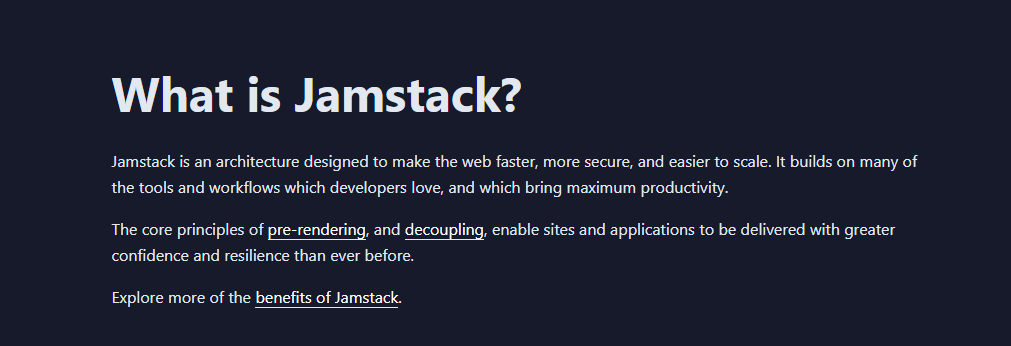
Check the website : https://jamstack.org
3. Micro-frontends
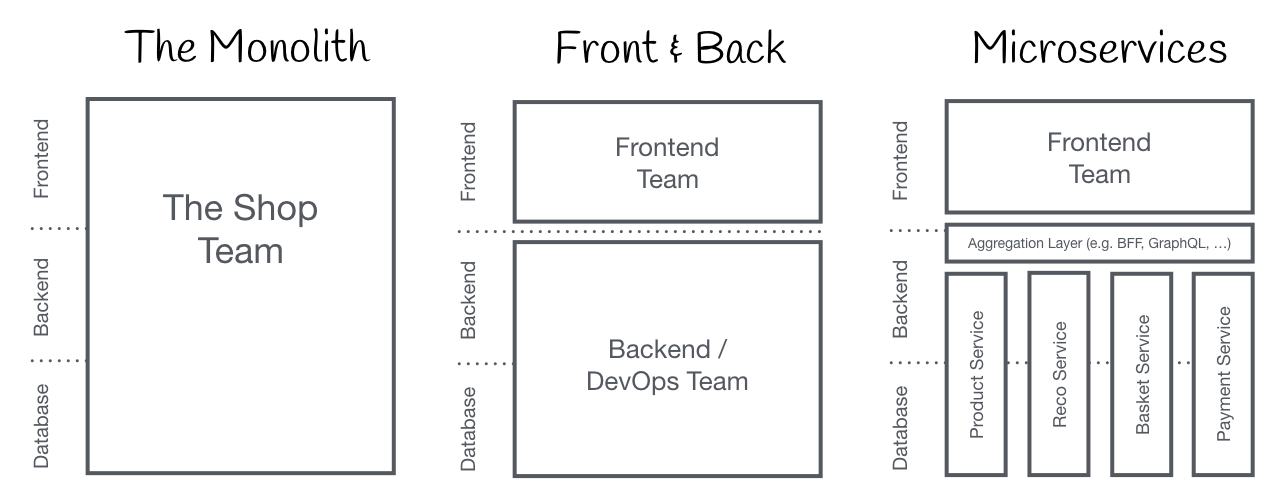
The term Micro Frontends first came up in ThoughtWorks Technology Radar at the end of 2016. It extends the concepts of micro services to the frontend world. The current trend is to build a feature-rich and powerful browser application, aka single page app, which sits on top of a micro service architecture. Over time the frontend layer, often developed by a separate team, grows and gets more difficult to maintain. That’s what we call a Frontend Monolith.
The idea behind Micro Frontends is to think about a website or web app as a composition of features which are owned by independent teams. Each team has a distinct area of business or mission it cares about and specialises in. A team is cross functional and develops its features end-to-end, from database to user interface.
4. React.js

React.js is one of the most popular JavaScript libraries for building modern and sleek user interfaces these days. It does not need an introduction as such because it is that popular that almost every new developer these days is learning React. React makes it painless to create interactive UIs. Design simple views for each state in your application, and React will efficiently update and render just the right components when your data changes.
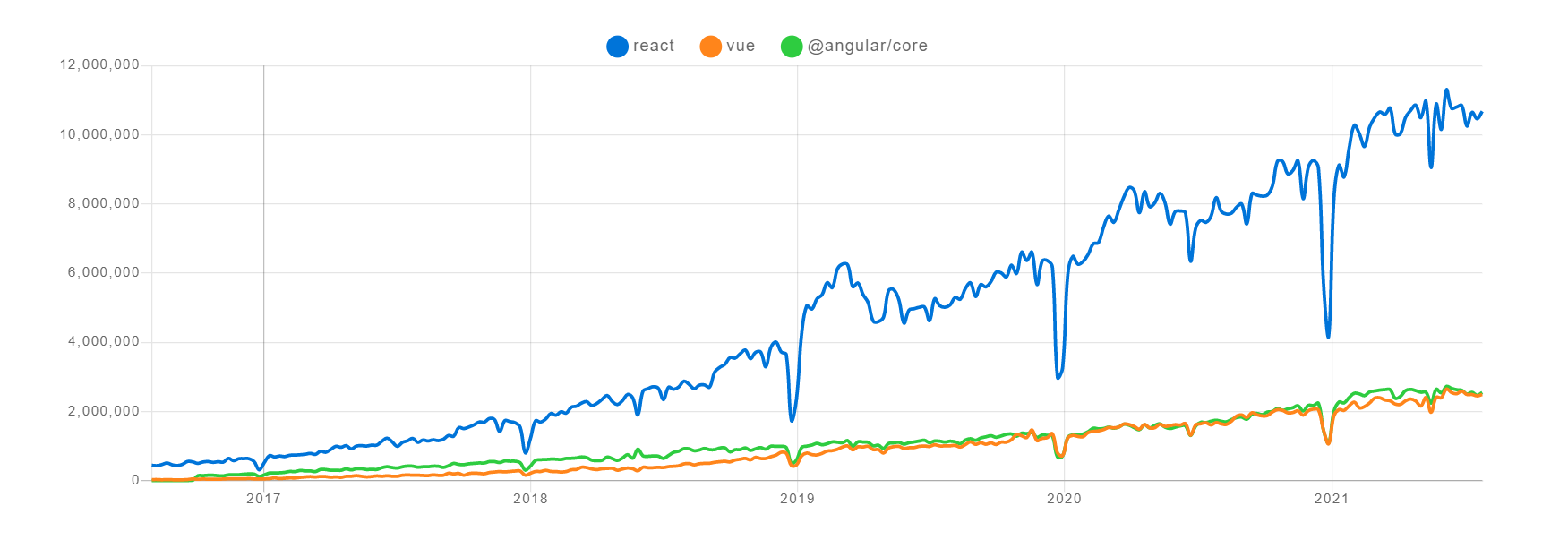
Source : https://www.npmtrends.com/react-vs-vue-vs-@angular/core
5. Progressive Web Applications

The idea behind Progressive Web Applications is to provide a native app experience to the user through the browser itself. PWAs are extremely beneficial as they are of lesser size (in KBs) and provide a near-similar experience like a native application. You would often see PWAs are released as “Lite” versions on the play store and do not exceed 1 MB in size. Even though it looks like a native app, it opens up a browser inside to view the items.
Progressive Web Apps (PWAs) are web apps that use service workers, manifests, and other web-platform features in combination with progressive enhancement to give users an experience on par with native apps.
So this is it for this article. Thanks for reading.
If you enjoy my articles, consider following me on Twitter for more interesting stuff :

⚡Twitter : https://twitter.com/The_Nerdy_Dev
Don’t forget to leave a like if you loved the article. Also share it with your friends and colleagues.


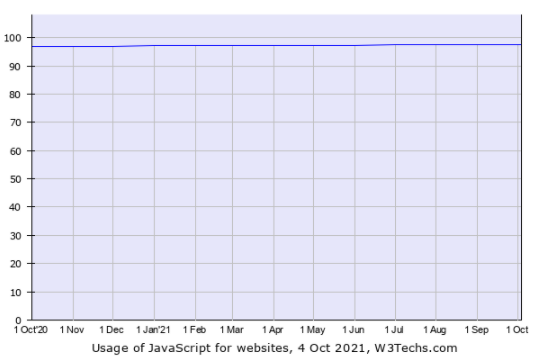

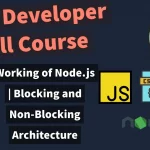


![Understanding the Events Reactivity System of Node.js and The Event Emitter Class [video]](https://the-nerdy-dev.com/wp-content/uploads/2022/06/event-emitter-6853429-150x150.webp)
